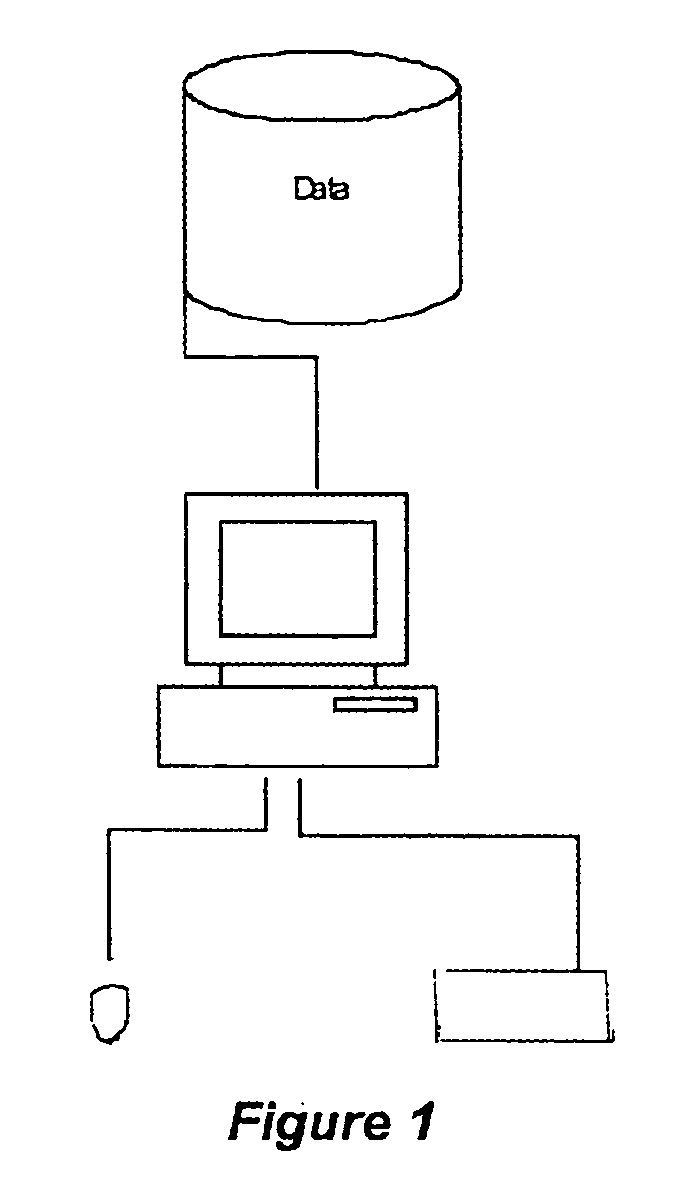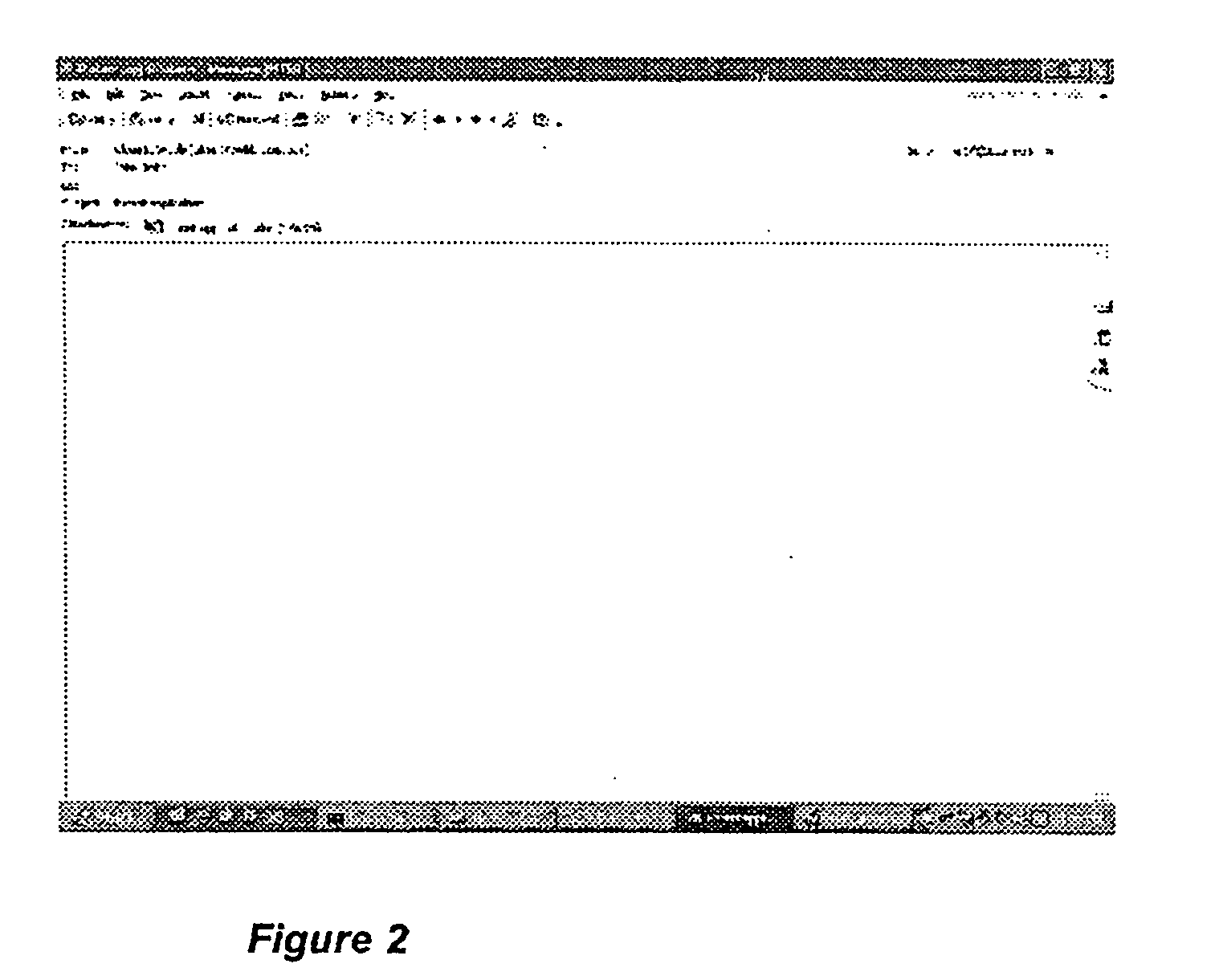Automated system and methods for determining relationships between information resources
a technology of information resources and automatic systems, applied in the field of automatic systems and methods for determining relationships between information resources, can solve the problems of inconvenient and straightforward solutions to problems, increasing the complexity of information organization, and inability to find suitable methods for organizing resources
- Summary
- Abstract
- Description
- Claims
- Application Information
AI Technical Summary
Benefits of technology
Problems solved by technology
Method used
Image
Examples
Embodiment Construction
[0069] The present invention, in a preferred embodiment, provides methods and systems for organizing access to resources and materials. A preferred embodiment of the present invention is described below. It is to be expressly understood that this descriptive embodiment is provided for explanatory purposes only, and is not meant to unduly limit the scope of the present invention as set forth in the claims. Other embodiments of the present invention are considered to be within the scope of the claimed inventions, including not only those embodiments that would be within the scope of one skilled in the art, but also as encompassed in technology developed in the future.
[0070] The descriptive preferred embodiment discussed herein utilizes an embodiment of the present invention on a single user personal computer. It is to be expressly understood that other environments could be used as well, including but not limited to desktop computers, laptop or notebook computers, personal digital as...
PUM
 Login to View More
Login to View More Abstract
Description
Claims
Application Information
 Login to View More
Login to View More - R&D
- Intellectual Property
- Life Sciences
- Materials
- Tech Scout
- Unparalleled Data Quality
- Higher Quality Content
- 60% Fewer Hallucinations
Browse by: Latest US Patents, China's latest patents, Technical Efficacy Thesaurus, Application Domain, Technology Topic, Popular Technical Reports.
© 2025 PatSnap. All rights reserved.Legal|Privacy policy|Modern Slavery Act Transparency Statement|Sitemap|About US| Contact US: help@patsnap.com



